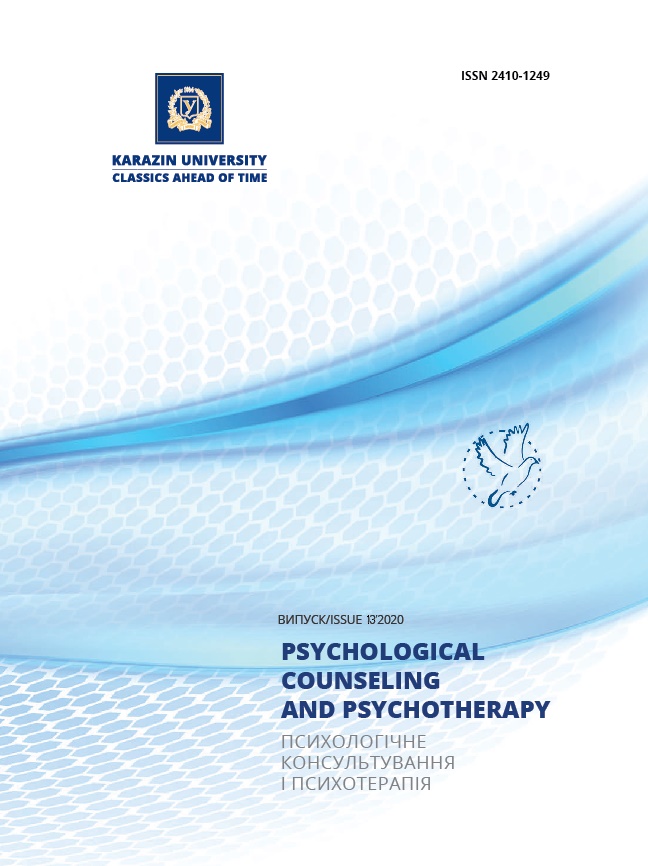Quantum Mechanics (QM) and Psychology: A New Field of Cooperation?
Abstract
We will try to present critically published works on Quantum Mechanics (QM) and Psychology (perhaps more generally regarding the so called social sciences), partly by ourselves (Giacomuzzi, 2008, 2002), in an overview. It is of course impossible to give a complete summary here, but critical points should be emphasized, which perhaps leave a more differentiated view on the problems of "psychological reality". Nowadays QM is “hip” in scientific literature. But common approaches doesn`t take into consideration that physicists already 80 years ago tried to establish a connection between life sciences and physics. But do neuroscientific findings really validate essential psychological basic assumptions? Do they really open up new, interdisciplinary research perspectives? Physics itself today struggles with its theories and we`ve a big gap between on what we experience and on what we really understand. Maybe this gap of understanding our own reality is much bigger than 120 years ago when QM was born by the work of Max Planck
Downloads
References
Giacomuzzi, S.M., Garber, K. (2008). Kurzer Abriss früher systemischer Denkansätze der Physik im Bereich der Sozial-, Human- und Biowissenschaften. Ber. nat-med. Verein Innsbruck, 94, 137-143.
Giacomuzzi, Holzmüller, G., Huemer, G. (2002). Ettore Majorana (1906-1938) – Eine Bestandsaufnahme 64 Jahre nach seinem Verschwinden. Berichte zur Wissenschaftsgeschichte, 25, 137-148.
Pauli W. (1955). The influence of archetypal ideas on the scientific theories of Kepler. The Interpretation of nature and the psyche. London: Routledge & Kegan Paul.
Giacomuzzi S., Garber K. (2007). Kurzer Abriss früher systemischer Denkansätze der Physik im Bereich der Sozial-, Human- und Biowissenschaften. Ber. nat.-med. Verein Innsbruck. 94, 137 – 143.
Bohr, N. (2012). Einheit des Wissens. In (Hrsg. HP Dürr): Physik & Transzendenz, Driediger. 2. Aufl. 2012.
Giacomuzzi, S., Holzmüller, G., Huemer, G. (2002). Ettore Majorana (1906-1938) – Eine Bestandsaufnahme 64 Jahre nach seinem Verschwinden. Berichte zur Wissenschaftsgeschichte, 25, 137-148.
Schrodinger, E. (1944). Was ist Leben? Cambridge: University Press.
Kępiński, A. (1972). Rhythm of life. Kraków: Wydawnictwo Literackie. (in Polish)
Struzik, T. (1987). "Kepiński's Information Metabolism, Carnot's Principle and Information Theory". International Journal of Neuroscience. 36(1–2), 105–111. https://doi.org/10.3109/00207458709002144.
Hirsh, J.B., Mar, R.A., Peterson, J.B. (2012). "Psychological Entropy: A Framework for Understanding Uncertainty-Related Anxiety". Psychological Review. 119, 304–320. https://doi.org/10.1037/a0026767.
Scrimali, T. (2006). Entropia della mente ed entropia negativa. Nuove prospettive, cognitive e complesse, per la schizofrenia e la sua terapia, FrancoAngeli. ISBN: 8846474961.
Forster, H.V. (1948). Das Gedächtnis: Eine quantenmechanische Untersuchung. Wien: Franz Deuticke.
Ludwiger, Illobrand von. Heim Burkhard. (2010). Das Leben eines vergessenen Genies. München: Scorpio. ISBN 978-3-942166-09-6.
Resch, A., Heim, B. (2001). (1925 – 2001). GW. 50(1), 47-75.
Hermann, A., v. Meyenn, K., Weisskopf, V.F. (1979). Wolfgang Pauli – Wissenschaftlicher Briefwechsel. New York: Springer-Verlag. ISBN 3540089624
Hermann, A., v. Meyenn, K., Weisskopf, V.F. (1979). Wolfgang Pauli - scientific correspondence. New York: Springer-Verlag. ISBN 354008962, Vol. 1, Insb. The year 1919 - Discussion of the general theory of relativity.
Hermann, A., v. Meyenn, K., Weisskopf, VF. (1979). Wolfgang Pauli - scientific correspondence. New York: Springer-Verlag. ISBN 354008962, Vol. 1 Insb. The year 1919 - Discussion of general relativity. S 3ff WEYL to Pauli [1].
Atmanspacher, H., Primas, H., Wertenschlag-Birkhäuser E. (Eds.). (1995). The Pauli-Jung-Dialogue and its Significance for Modern Science. Berlin Heidelberg: Springer-Verlag. There are indications that Pauli behaved in the therapy with Erna Rosenbaum and had to be motivated by C.G. Jung to continue. See also Jayawardhana, Ray. (2013). Neutrino Hunters: The Thrilling Chase for a Ghostly Particle to Unlock the Secrets of the Universe Scientific American. Farrar: Straus and Giroux.
Jung, C.G. (1952). Naturerklärung und Psyche, Zürich: Rascher Verlag.
Jung C.G. (1944). Psychologie und Alchemie, Zürich: Rascher Verlag.
Giacomuzzi, S. (2016). Dialogphilosophie und Physik – nur ein komplementäres Paar?. In: Buber begegnen – Interdisziplinare Zugange zu Martin Bubers Dialogphilosophie. Hrsg.: Krobath, Shakir, Stöger. Arco Wissenschaft, Band 28, Paperback, ca.400 Seiten ISBN 978--3-938375-67-9
Atmanspacher, Harald/Primas, Hans/Wertenschlag-Birkhäuser, Eva. (1995). Der Pauli- Jung-Dialog und seine Bedeutung für die moderne Wissenschaft, Berlin: Springer.
Meier, C.A. Hrsg, (1992). Letter from 15.10.1938 to C.G. Jung. In: Wolfgang Paul i und C.G. Jung. Berlin, Heidelberg/New York/Tokyo: Springer.
Meyenn, Karl (1985). Scientific Correspondence with Bohr, Einstein, Heisenberg and others, Vol. 2: 1930-1939/Scientific Correpondence with Bohr, Einstein, Heisenberg a. o., Vol. II: 1930-1939, Berlin, Heidelberg/New York/Tokyo: Springer.
Schwartz J.M, Stapp H.P., Beauregard, M. (2005). Quantum physics in neuroscience and psychology: a neurophysical model of mind–brain interaction. Philos Trans R Soc Lond B Biol Sci. 2005 Jun 29; 360(1458): 1309–1327. Published nline 2005 Jun 29. https://doi.org/10.1098/rstb.2004.1598.
Toga, A.W, Mazziotta, J.C. (2000). Brain mapping the systems. San Diego: Academic Press.
Neumann, von J. (1955). Mathematical foundations of quantum theory. Princeton: Princeton University Press.
Schwartz, J.M., Stapp, H.P., Beauregard, M. (2005). Quantum physics in neuroscience and psychology: a neurophysical model of mind –brain interaction. Philos Trans R Soc Lond B Biol Sci. 2005 Jun 29; 360(1458): 1309–1327. Published online 2005 Jun 29. https://doi.org/10.1098/rstb.2004.1598.
Dürr, H.P. (2012). Physik & Transzendenz. Driediger. 2. Aufl.
Stöger, P. (2003). Martin Buber. Eine Einführung in Leben und Werk, Innsbruck: Tyrolia; Stöger, Peter.
Dürr, H.P. (2007). Interview, in: P.M. Magazin (Mai).
Dürr, H.P. (2011). Das Lebendige lebendiger werden lassen. Wie uns neues Denken aus der Krise führt, München: oekom.
Meiner, C. (1992). Wolfgang Pauli an C.G. Jung, Berlin/Heidelberg: Springer.








